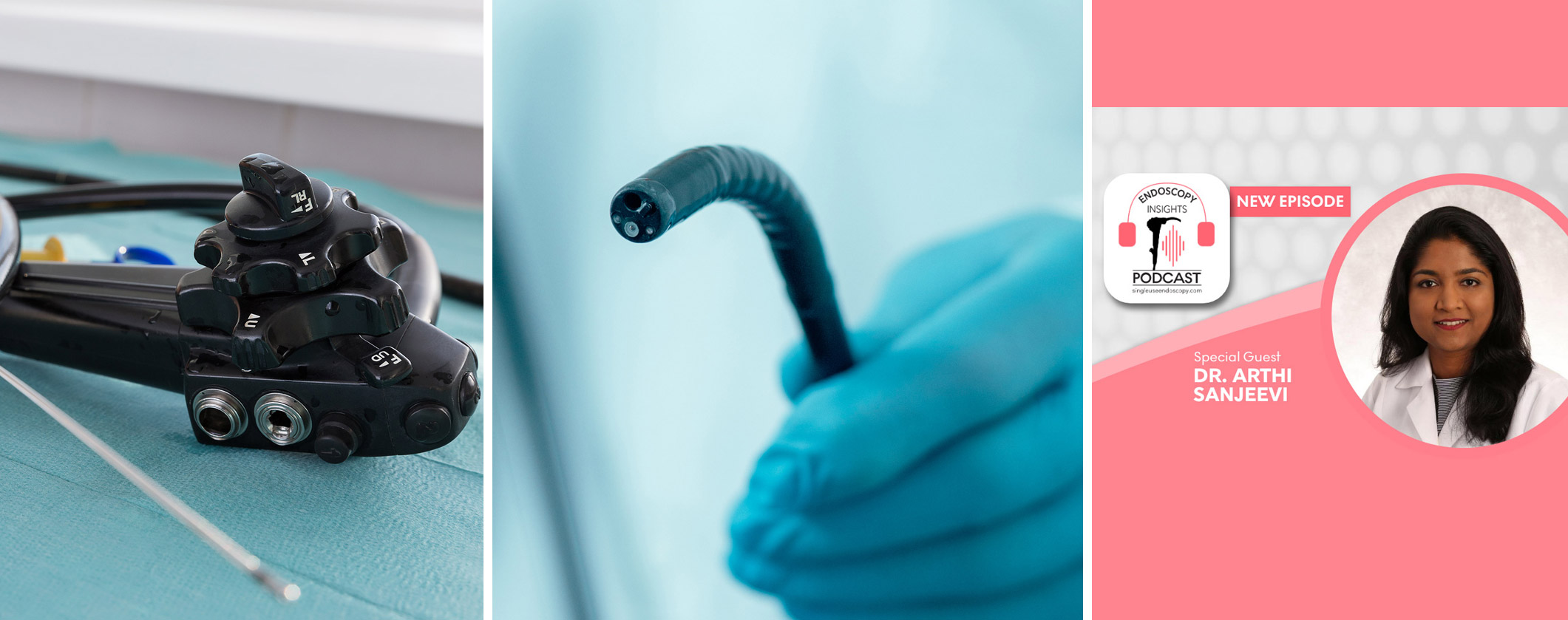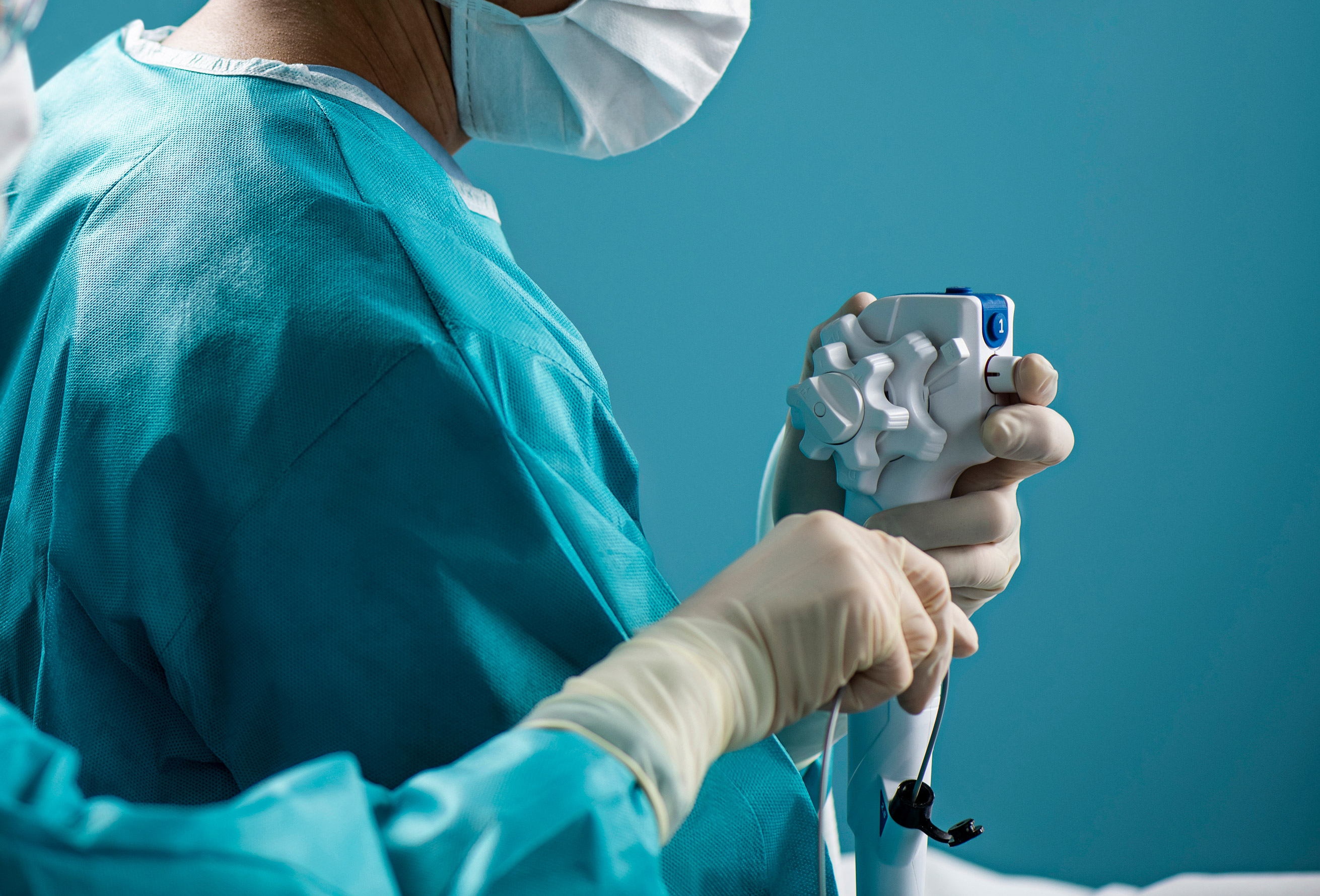
When several GI societies published a joint statement opposing ANSI/AAMI ST91:2021, Flexible and semi-rigid endoscope processing in health care facilities, AAMI offered a strongly-written response.
The association’s rebuttal was Single-Use Endoscopy’s most read GI story from the second half of 2022 (so far). Other popular articles involved infection risk associated with reusable duodenoscopes and the challenges currently facing reprocessing departments.
Here are our five most-read GI stories from the second half of 2022.
5. Mentoring and Empowering Women in Endoscopy, Part 2
Empowering women in endoscopy is something Dr. Arthi Sanjeevi is clearly passionate about. It shows in her work mentoring young gastroenterologists and in the way she tackles gender-related challenges in the field.
In a conversation with Endoscopy Insights, Dr. Sanjeevi discusses what’s missing when it comes to empowering women in gastroenterology, and what still needs to be done to bring more female physicians into the practice, especially advanced therapeutic endoscopy.
4. No Outbreak, No Problem? Duodenoscopes May Still Harbor Contamination
Even without an infection outbreak, duodenoscopes may still be contaminated.
In fact, one study including 16 clinical sites across the U.S. detected a 5.3 percent contamination rate of duodenoscopes after reprocessing in non-outbreak settings.
3. Survey: Reprocessing Departments Face Staff Shortages and Pressure to Work Quickly
Staff tasked with reprocessing reusable duodenoscopes face pressure to work quickly and must navigate shortages of trained workers.
Amanda D. Sivek and her fellow co-investigators from ECRI, a Pennsylvania nonprofit that specializes in evaluating the safety of equipment and practices in healthcare, discovered these and other “alarming” trends from a survey seeking the feedback from professionals who do the important work.
2. What is an ‘Acceptable Rate’ of Infection Risk from Reprocessed Duodenoscopes?
Though duodenoscope reprocessing is considered highly effective, the process is not without risk.
Recent years have seen increased emphasis on reprocessing and a focus on the risk of infection associated with reprocessed gastrointestinal endoscopes, the authors of a review published in Techniques and Innovations in Gastrointestinal Endoscopy wrote. The review also dives into a novel technology which lowers the risk of exogenous infection during ERCP procedures — single-use duodenoscopes.
1. AAMI Responds to GI Societies’ ST91 Rebuttal
AAMI defended the “transparent, open, consensus-based process” used to develop ST91 and the emphasis on patient safety.
“Many on the working group were dismayed that the GI Societies’ statement misrepresented the content of the standard itself numerous times and contained basic factual inaccuracies,” the AAMI statement read. “Even more concerning was that the statement further criticized the overall development process.”


